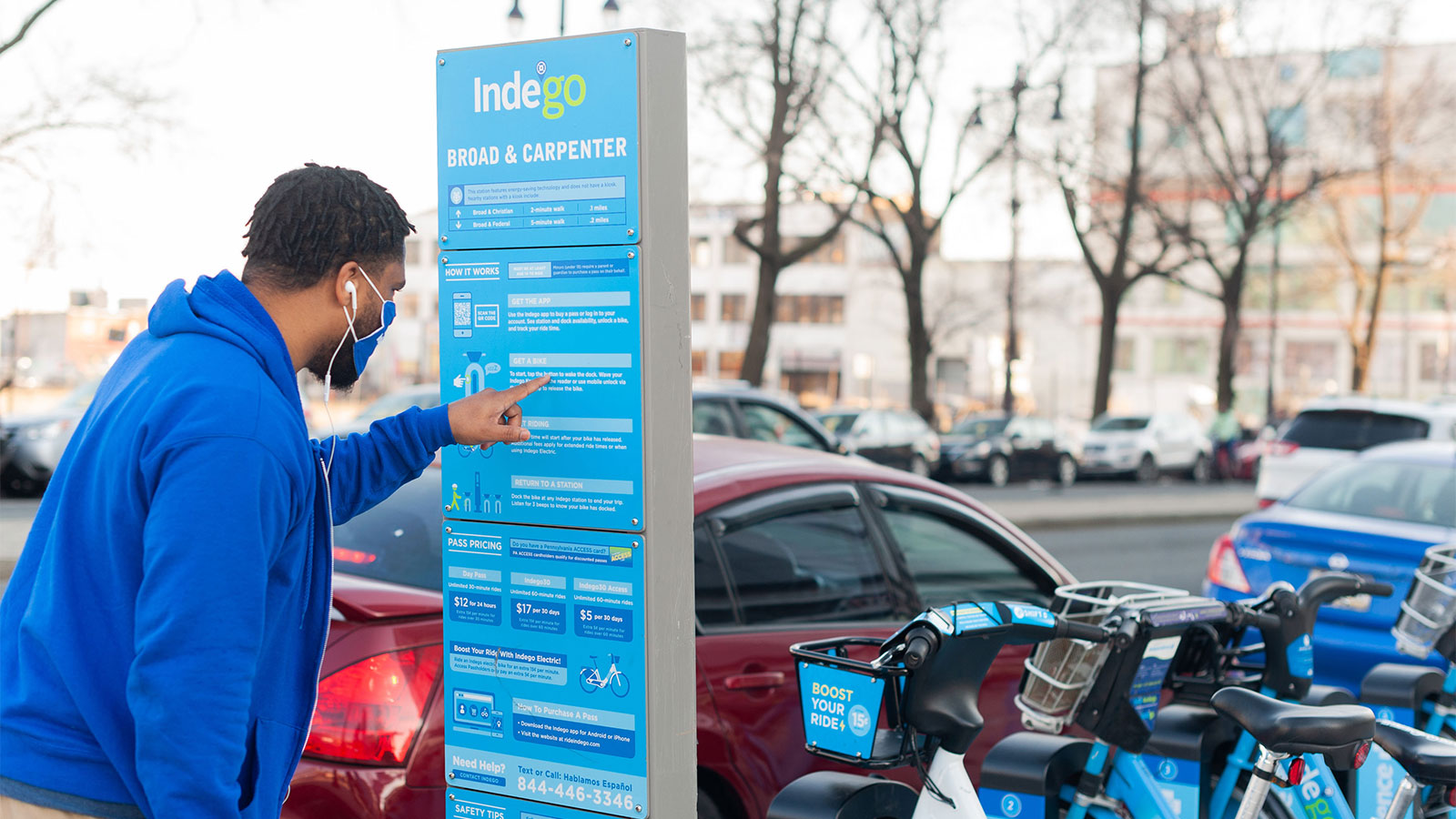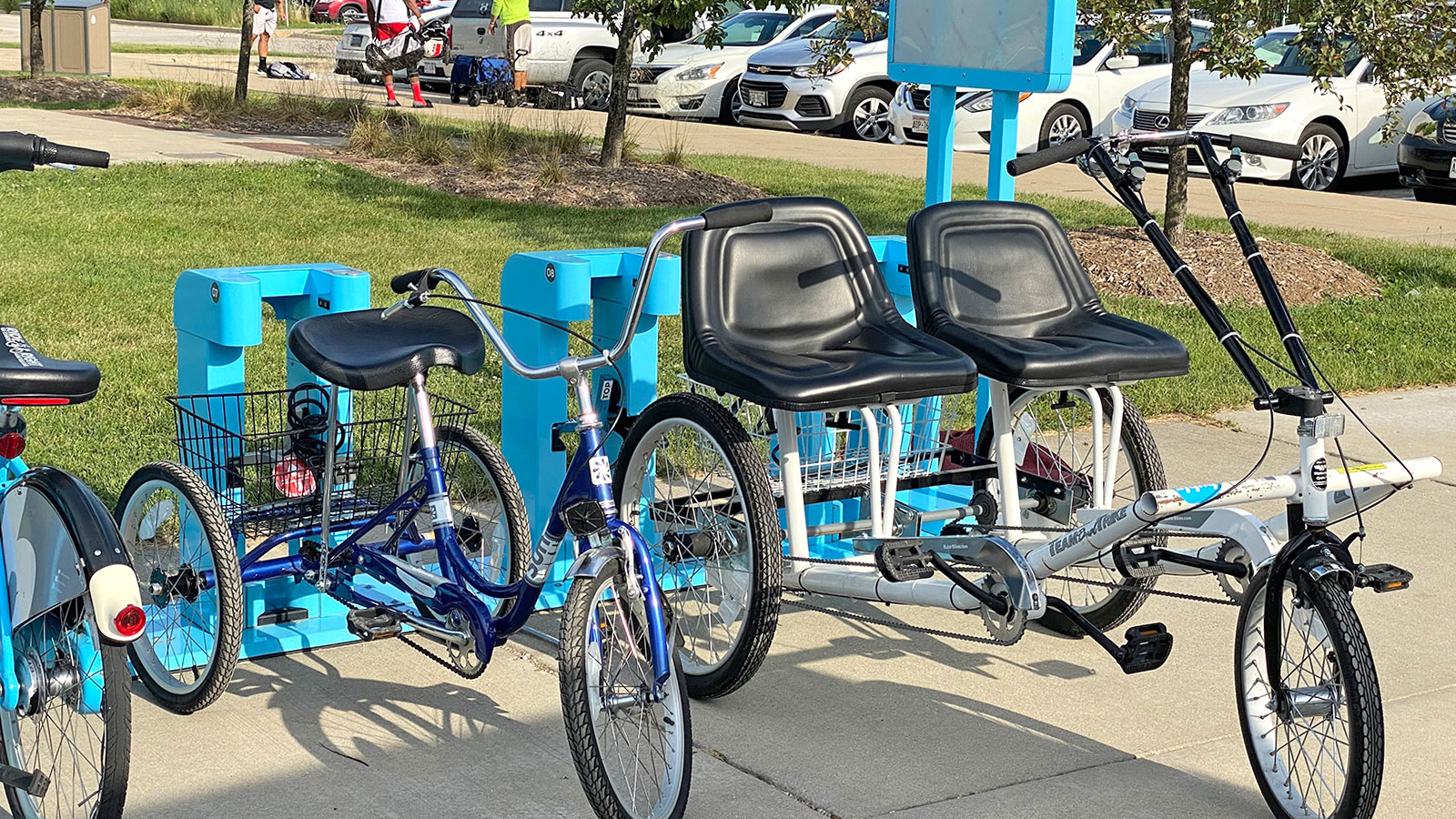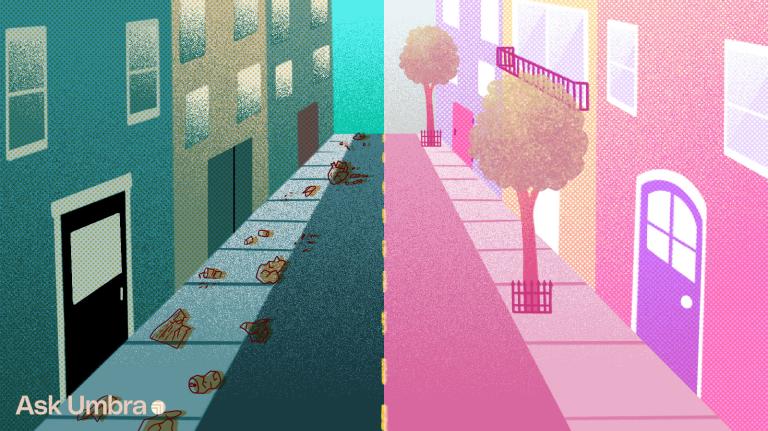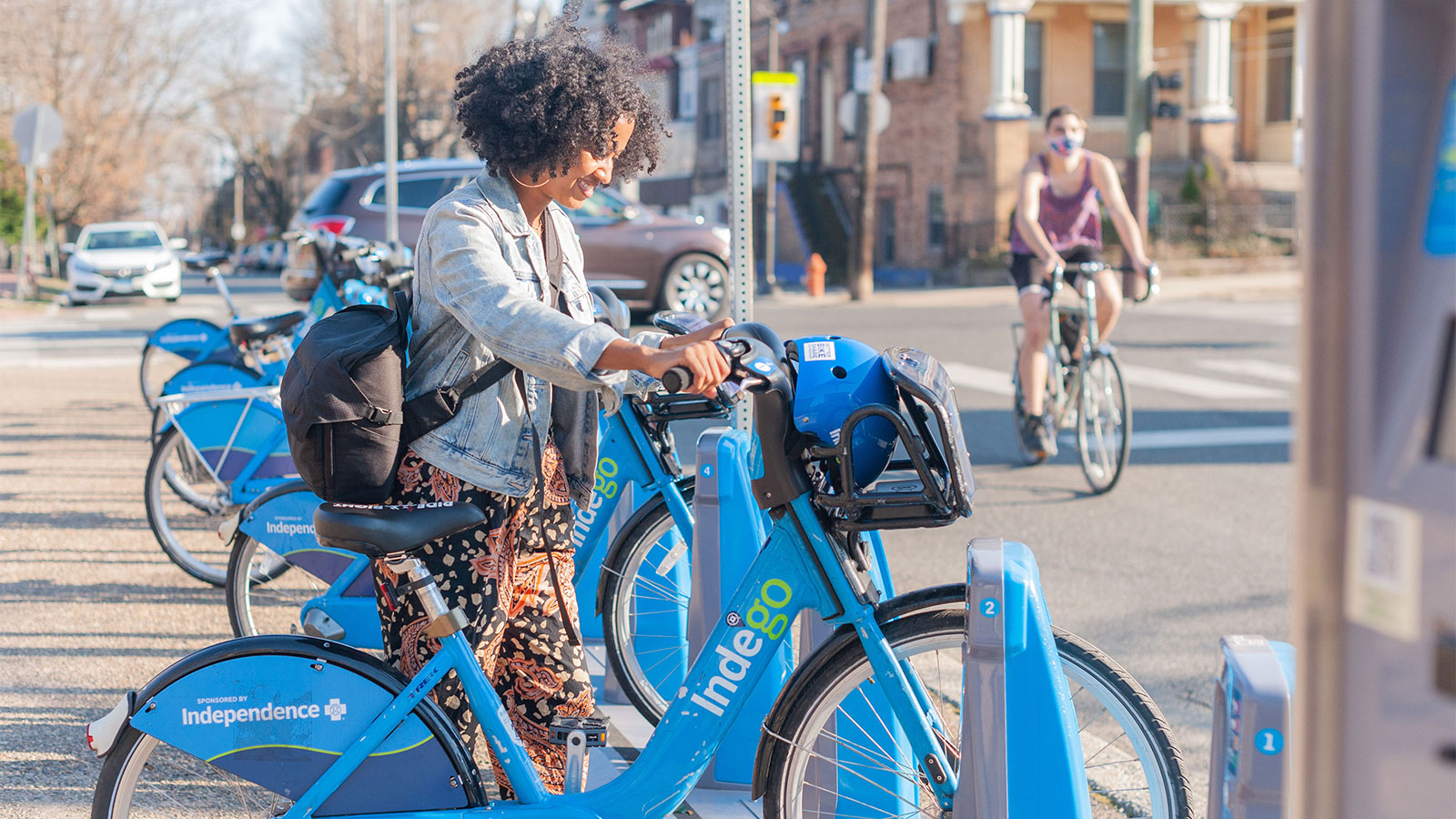When Philadelphia’s offices, museums, and shops all shuttered in March 2020, at the start of the COVID-19 pandemic, the city’s Indego bike-share service saw its total ridership plummet. Downtown commuters began working from home, and tourists stayed away. But one group — low-income passholders — began riding the light-blue bicycles like never before. After the public transit operator limited bus and subway service in parts of the city, Indego was often the only available form of transportation. Bike stations in low-income neighborhoods were especially busy near parks, as residents sought a socially distant way to exercise or unwind.
“We really heard during the pandemic that people still wanted to ride,” said Waffiyyah Murray, who oversees bike-share equity programs for the city of Philadelphia. “Some cities had to stop their bike-share systems, but we kept Indego running.”
A year later, Indego has 100 percent more reduced-fare Access Pass holders than it did before, according to Kristin Gavin-Wisniewski, Indego’s general manager. Regular passes are up by nearly 60 percent as riders return to using the service, especially for recreation. The bike-share service this year is building more docking stations in low-income neighborhoods and adding hundreds of electric “pedal-assist” bikes, which feature a motor that kicks in when a rider pedals, making riding easier. The efforts are part of Indego’s broader plans to double the size of its system by 2025.

Philadelphia is leading the charge among U.S. cities working to make bike-sharing more equitable and accessible. In Detroit, where more than a quarter of households don’t have access to a personal vehicle, the nonprofit MoGo is offering free passes to connect bus riders to bike-share stations. Chicago’s Divvy service is now expanding into predominantly Black neighborhoods, closing a longstanding gap in the eight-year-old system. Milwaukee’s Bublr Bikes is rolling out more adaptive bicycles, including recumbent bikes and tricycles, to accommodate users who can’t ride a traditional two-wheeler.
Bike-share advocates say the pandemic has illustrated the necessary role these systems play in helping people get to grocery stores, workplaces, libraries, or parks — all without burning fossil fuels and producing tailpipe pollution. Yet the past year has also revived thorny questions about how bike-sharing should fit into a city’s larger transportation network. Unlike buses or subways, bike-share services typically don’t receive public subsidies to operate; instead, they mainly rely on private-sector investment, philanthropic funding, and a battery of individual grants.
Operators “are providing an essential service, like how we think of public transit,” said John MacArthur, the sustainable transportation program manager at Portland State University’s Transportation Research and Education Center in Oregon. “Yet bike-share systems are constantly being forced to show that they are revenue-neutral, or that they can survive on their own.”
To maximize the number of riders, and thus payments, many systems first focused on central city areas and dense neighborhoods with plenty of bus and subway stops. These places tend to be disproportionately white and higher-income, and bike-share users in general tend to be young white men, studies show. But people’s proximity to bikes and their ability to pay aren’t the only factors leading to unequal bike-share access. Other barriers — such as a lack of protected bike lanes, inexperience riding a bike, and discriminatory enforcement of biking laws — can also discourage bike-share use in communities of color and low-income neighborhoods. That in turn limits operators’ financial incentive to expand into underserved areas.
Today, however, the majority of bigger bike-share systems are actively working to address disparities along economic, racial, and geographic lines, MacArthur and colleagues found in a 2019 survey of more than 100 programs nationwide. Smaller systems with fewer than 150 bikes were far less likely to have equity initiatives underway. (As it happens, many places with smaller bike-share systems lost them last year after the operator Zagster and its subsidiary Pace shut down and sold their assets to an e-scooter company.)
While cities initially rolled out equity initiatives through trial and error, they’re now sharing lessons through national groups like the Better Bike Share Partnership, a collaboration that includes the private JPB Foundation, the City of Philadelphia, and the nonprofit PeopleforBikes Foundation. (Editor’s note: Grist has received funding from the JPB Foundation.) The partnership is a significant source of grant funding for the sector; last spring, it awarded “emergency response grants” to bike-share systems in Detroit, Boston, Houston, and 10 other cities to keep them operating as ridership declined.
Among the most common strategies for expanding bike-share use is offering income-based discounts, like the Access Pass in Philadelphia. There, anyone with a food stamps card can buy a 30-day Indego pass for $5, less than one-third the cost of a regular monthly pass. Residents who don’t have bank accounts or credit cards can pay with cash, using a payment service available in 7-Eleven and Family Dollar stores. Milwaukee’s Bublr Bikes offers an $8 annual pass to income-qualified residents, and in 2020, the service provided more than 500 free passes to low-income riders through a partnership with the health insurance company Anthem.
Community outreach is another key approach. In Indianapolis, Pacers Bikeshare recently launched a program to help high-school students get to school using a combination of bike-share and city buses. In Philadelphia, Indego pays individuals and local groups to serve as “ambassadors” at community events and to help host local bike-riding classes and group excursions. The goal is to make biking more familiar, particularly in the city’s Black and brown communities. If residents know neighbors who bike, or see their image reflected in marketing materials, it’s easier to envision themselves using the service, too, said Murray, who manages the Better Bike Share Partnership’s work in the city.

Efforts to make bike-share services more physically accessible have largely centered on adding pedal-assist e-bikes. But Milwaukee is spearheading a push to include other types of adaptive bicycles. Bublr Bikes now has 21 side-by-side recumbent bikes, upright tricycles, and handcycles in its system of roughly 600 bikes, said Bublr executive director James Davies. The non-traditional bikes were well used last year, but the program has encountered early challenges. Five of the adaptive cycles were stolen, and several more were vandalized and needed repairs. Davies said Bublr is applying for grants to help redesign the bikes or docking stations to make them more secure.
Still, even as some cities’ bike-sharing programs have persevered, other systems have slashed equity funding or cut staff dedicated to community engagement. City agencies are facing steep budget shortfalls, and ridership still remains “markedly low” across the board, according to federal data. For-profit companies like Zagster were struggling to make money and began raising their prices before COVID-19 struck. After Zagster’s closure, it’s unclear when or how bike-sharing will return to some cities.
Murray said the fallout from the pandemic should prompt city leaders and private operators to see shared bikes and e-scooters not as novelties, but as a necessary means of transportation for their communities.“That’s something you can’t just toy with and take away,” she said. “You have to be really invested in it.”




